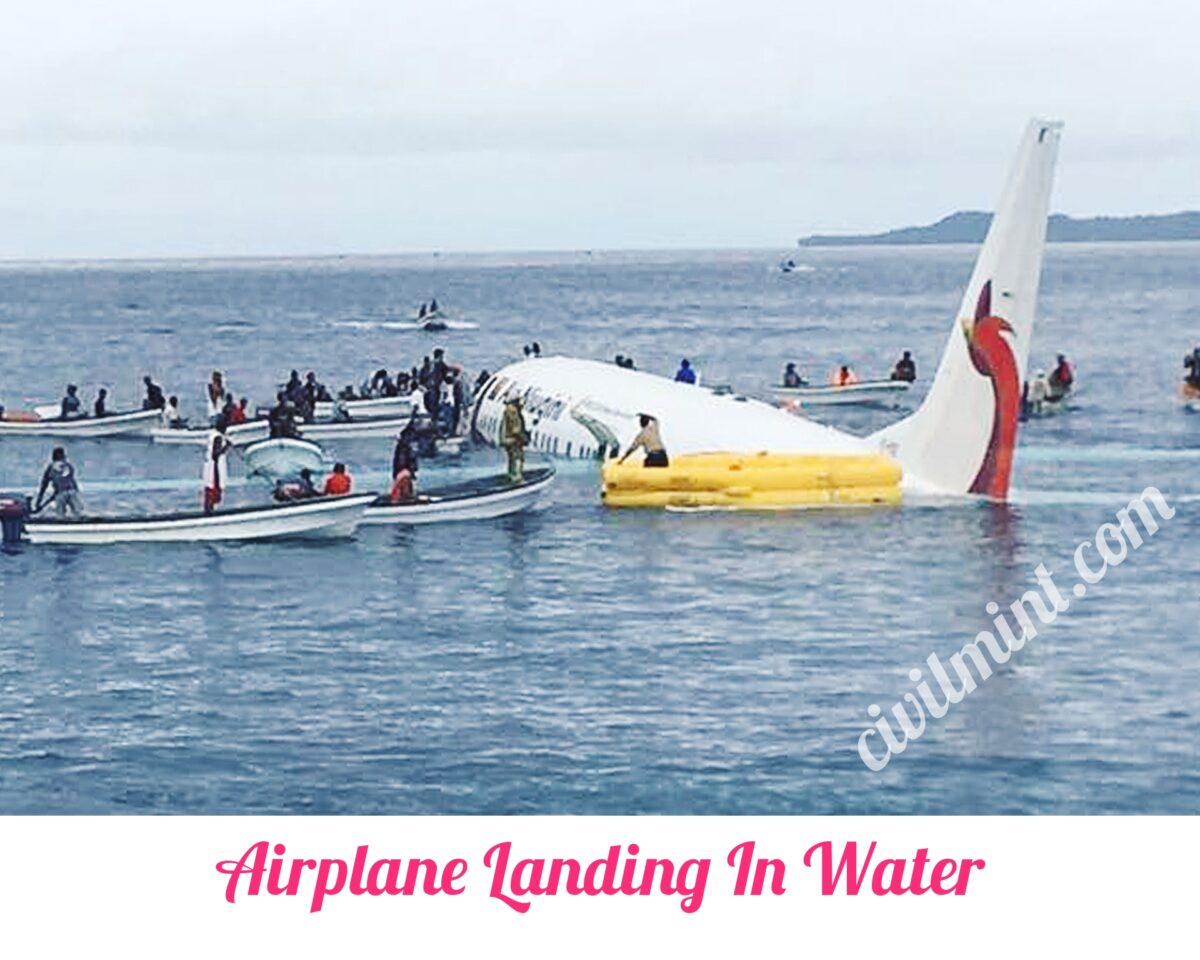Airplanes are designed to float on water in the event of an emergency landing, allowing time for passengers and crew to evacuate.
Buoyancy is achieved through a combination of design elements and air pockets within the aircraft. Most passenger planes have pockets of air trapped in the cargo hold, fuel tanks, and between different layers of the airframe.

For example, Airbus has integrated the “elimination” function into its cabin pressure control systems. Before making an emergency landing on the water, pilots can activate the “trench” button, which closes the flow valves used for pressure. This helps seal the fuselage as best as possible, which enhances buoyancy.
The decision to land on water is complicated since there are no obstacles, but pilots have to consider the shape and smoothness of the water and the direction of the wind. Ideally, a smooth water surface or a long swell in the wind is preferred for a successful landing.
In extreme conditions, waves and swells can be violent, causing hard landings and potential structural damage.
If the aircraft’s wings are not level during landing, the tip of the wing may dig into the water, which can cause a pinwheel effect. On impact, propellers might break, skin might bend, or even the tail would snap off, all of which can pierce the fuselage and accelerate the sinking.
A notable example of a successful water landing was American Airlines Flight 1549, which hit a bird after takeoff, causing dual engine failure. The A320 successfully landed in the Hudson River, demonstrating the crew’s skill in handling the situation. Even without the dedicated ‘trench’ button activated, the aircraft remained afloat for longer than the stipulated 90 seconds, providing rescue time.
In short, planes float on water because of their design that includes air pockets and specific buoyancy elements. The success of landing on the water depends on factors such as the water surface, wind conditions, and the pilot’s skill in executing the descent and controlled landing.
